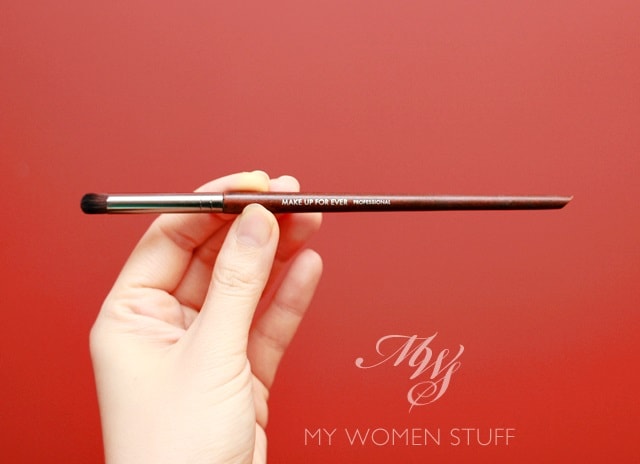Blender is the open-source software for 3D modeling, animation, rendering, post-production, interactive creation and playback. It is available for all major operating systems under the GNU General Public License. Its animations systems support a variety of techniques and tasks, allowing the creation of complex animations. ケア プラン 点検 支援 マニュアル 最新, 中型 免許 マニュアル. Linux shell 脚本 攻略.
Quick Start¶
Open the terminal application,and run the executable within the app bundle, with commands like this:
If you need to do this often, you can add this directory to your PATH.
For that you can run a following procedure:
Open up Terminal.
Run the following command:
sudonano/etc/paths.Enter your password, when prompted.
Go to the bottom of the file, and enter
/Applications/Blender.app/Contents/MacOS.Enter Ctrl-X to quit.
Enter Y to save the modified buffer.
Blender For Osx
If you then open a new terminal, the following command will work:
Details¶
macOS uses “files” with the .app extension called applications.These files are actually folders that appear as files in Finder.In order to run Blender you will have to specify that path to the Blender executable inside this folder,to get all output printed to the terminal.You can start a terminal from Applications ‣ Utilities.The path to the executable in the .app folder is ./Blender.app/Contents/MacOS/Blender.
If you have Blender installed in the Applications folder, the following command can be used:
Blender For Macbook
Starting Blender from a macOS console window.¶
I hear it all the time: what blender is best?
It’s a big decision. The fate of your smoothie’s texture lies in your blender’s blades. If you get the wrong one, you could be staring down a chunky smoothie. If you overpay, you’ve wasted valuable money.
Here’s the thing: Blenders are a little like cars. Like cars, there are a million things to know if you want to get good value. And, like cars, they are made for many different uses.
Some blenders make great soups. Some make great chopped carrots. And yes, some make great smoothies. Do you really want to do all the work to know which is which?
Probably not.
I’ve got good news: I’m your personal smoothie blender buying expert. I’ve research dozens of blenders and found the one that’s best, specifically for smoothies, for every budget. I’ve also listed a couple blenders not to get at each budget, to help you avoid blender remorse.
Read on to see the blender for you!
(Disclaimer: I am NOT being sponsored by any blender company to promote their products. All opinions here are 100% my own.)
(2nd Disclaimer: Blender companies, I’m totally open to sponsorship. You should send me free blenders.)
Budget (<$100): Ninja Professional Blender NJ600
The 72 oz. pitcher and 1000-watt engine mean that you don’t have to sacrifice texture and size when you go for budget. It doesn’t overwhelm with a dozen blending options, either - just hit blend and be on your way.
Trust me - even on a budget, size matters. “Bullet”-style blenders can entice you with their absurd infomercials, but their small size and sub-750 watt engines mean you can only add a couple ingredients before your smoothie becomes way too thick to drink. They are better used for ingredient preparation. For smoothies, you’ll wish you went big every time.
Runner-up: Waring Pro PBB225
Blenders to avoid: Magic Bullet, NutriBullet Original, Hamilton Beach Wave/Single Serve, Oster Beehive
Mid-range ($150-$350): Breville Fresh & Furious Blender
If you want your smoothies to be perfect but aren’t ready to commit to premium, at roughly $200 this is your gateway blender. It has a nice high 750-watt engine, and it’s 5-speed control and blade system excels at, as they put it, “pulling down what’s on top and whipping up what’s below”. This separates it from less smoothie-focused blenders that work in more “flat” blade rotation.
Runner-up: Oster Versa
Blenders to avoid: Black & Decker Crush Master, SMEG Retro Style, Kenwood ThermoResist
Premium ($400+): Vitamix Total Nutrition Centre

Blender On A Mac
All three of The Good Stuff’s founders use this blender. That alone should say enough about its quality. Why do we love it? Peace of mind. We know it has the blades and engine to blend anything we’d ever put in a smoothie, and we know if it breaks they stand by their 10-year warranty. At almost $500 it’s not cheap, but it’s a worthy investment for any smoothie enthusiast.
Runner-up: Blendtec Total with Wildside Jar
Blenders to avoid: HealthMaster Elite Food Emulsifier by Montel Williams, Cleanblend Commercial, any food processor
Commercial: Blendtec Stealth
We work with cafes, gyms, and offices, and they’ll ask us: “what’s the best possible blender we can get for our smoothies?”
That’s when we break out the Blendtec Stealth. It’s not for the light-pocketed but in addition to being incredibly powerful, it’s also the quietest blender in the world. This is how to serve smoothies without killing your vibes.
Runner-up: Vitamix “The Quiet One”
Blenders to avoid: Any non-commercial grade blender, including the Vitamix Total Nutrition Centre. If you use a blender designed for home use in a commercial setting, even a premium one, you’ll void your warranty.
And that’s it! You now know the perfect smoothie blender for every budget. Did I list your blender as one to avoid, and you have a bone to pick? Are you curious about your model? Post in the comments and I’ll answer any blender questions you have.
Happy blending!
The Good Stuff is a participant in the Amazon Services LLC Associates Program, an affiliate advertising program designed to provide a means for sites to earn advertising fees by advertising and linking to Amazon.com.
